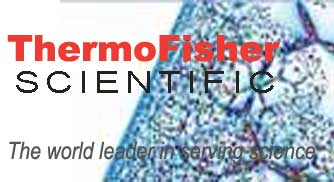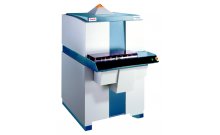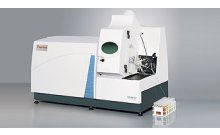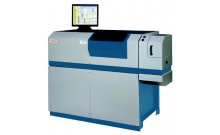XSeries 2 等离子体质谱仪形态分析应用-有机汞的分析
abstract:
Mercury is one of the most hazardous environmental pollutants due to its toxicity, mobility and impact in aquatic ecosystems. The majority of mercury in the environment is initially present in the volatile elemental form (Hg0). However, this Hg0 is easily oxidized to the inorganic form, Hg2+, and subsequent activity of microorganisms can lead to alkylation and the formation of methylmercury (MeHg+), one of the most toxic species. The MeHg+ species is highly soluble in lipids and is found to accumulate readily in fish and marine fauna.
Furthermore, carnivorous animals can accumulate MeHg+ to an even greater extent as a result of food chain bioaccumulation processes. The monitoring of MeHg+ in environmental and biomedical samples is fundamental to the assessment of risks to human health. However, even ultra trace concentrations of MeHg+ can be significant and a highly sensitive analytical approach is therefore required to facilitate accurate detection and quantification. GC-ICPMS is already a popular technique for mercury speciation analyses due to the achievable limits of detection, high species separation power and short analysis times.
However, HPLC-ICP-MS can also provide a powerful alternative analytical approach for mercury speciation –particularly in liquid samples and can provide opportunities for fast speciation analyses with minimal sample preparation requirements. This note describes the application of an HPLC-ICP-MS instrument package from Thermo Fisher Scientific to enable highly sensitive analyses of MeHg+ species in selected biomedical and environmental samples.
instrument:
Conclusions:
The Thermo Scientific HPLC-ICP-MS package presents a validated solution for the determination of MeHg+ and Hg2+ species in aqueous samples and aqueous extracts with minimal sample preparation. Isocratic elution of the mercury species allows for a total run time of 10 minutes. The External Trigger Card and PlasmaLab software features permit automated instrument operation and integration for the routine speciation of mercury.




